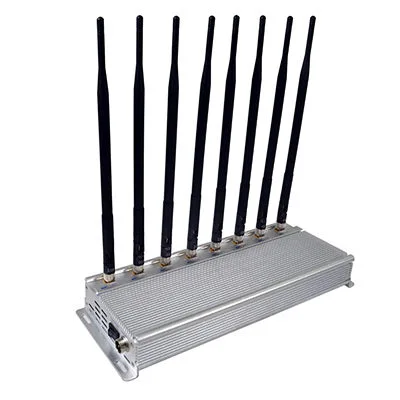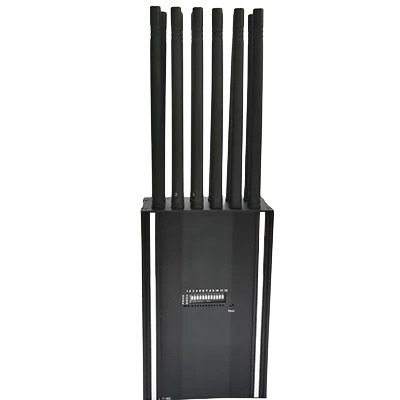Columbia - Federal officials said Wednesday that they were encouraged by a recent test of phone jammer blocking technology. The technology is expected to effectively combat the huge security threat posed by prisoners carrying smuggled cell phones. Smuggled cell phones in prisons have long been considered one of the biggest security risks in institutions.
The test was conducted over five days in a housing unit at Broad River Correctional Institution, a maximum security prison in South Carolina. Assistant Attorney General Beth Williams told the Associated Press that this was the first time federal officials have worked with state prison officials on such a test.
"Department officials are encouraged by the encouraging results of this technology and its potential to disable contraband cell phones in prisons," U.S. Justice Department officials said in a news release on Wednesday, following a report released by the National Telecommunications and Information Administration detailing the results of the test.
During the test, the cell phone jammer blocking technology was installed and operated in half of the prisoner housing units. Although cell phone signals inside the prison were successfully blocked, other calls were still able to be dialed normally within a distance of 1 foot outside the prison. This precise jamming effect shows that jamming technology can effectively block illegal cell phone signals inside prisons without affecting communications outside the prison.

South Carolina Correction Director Brian Sterling has called for years to control the thousands of devices that are smuggled into prisons, which allow prisoners to communicate with each other without restraint and even plan crimes in prison. In 2010, an inmate used an illegal cell phone to plan an attack that nearly killed former corrections officer Robert Johnson. In the same year, another inmate escaped from a maximum security prison in South Carolina using a smuggled cell phone.
In response to this problem, the Federal Communications Commission expressed its willingness to cooperate. They held field hearings in South Carolina. Sterling and other state prison directors advocated the use of jamming technology to shut down all signals while using other measures (such as perimeter networks, drones and scanner monitoring) to detect cell phones, believing that this is the most effective defense.
In 2018, seven inmates were killed in a maximum security prison in South Carolina, which officials said was a gang fight caused by disputes over territory and contraband (including cell phones). This tragedy once again highlights the urgency of effectively managing and preventing mobile phone smuggling in prisons.
Through continuous technological innovation and effective management measures, the federal government and state prison systems are gradually responding to the threat of smartphones in prisons. The promotion of jamming technology will provide strong support for solving this problem and ensure the safety and order of prisons.




